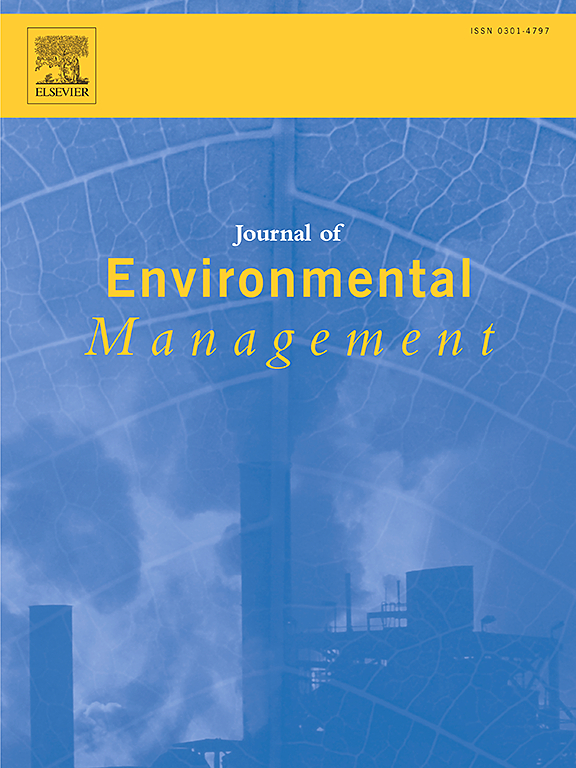Industrial waste recycling approach: An ecofriendly geopolymer binder for clean and sustainable environments (A 24-h green recycling process)
IF 8
2区 环境科学与生态学
Q1 ENVIRONMENTAL SCIENCES
引用次数: 0
Abstract
Bypass cement waste dust (BCWD) significantly threatens human health and the environment due to its high concentrations of fine, respirable crystalline silica, chlorine, and sulfates. This study introduces an eco-friendly recycling approach that processes BCWD at a low temperature of 80 °C for 24 h. The method combines 50% BCWD with an equal proportion of natural black volcanic ash (BVA) and varying concentrations of NaOH to produce an innovative material known as Green Geopolymer Bypass Binder (GGBB). Notably, some GGBB mixtures achieved compressive strengths of 35 MPa within 24 h, with a slight increase to 35.55 MPa after 7 days. Further characterization revealed that the mixture with the highest compressive strength also exhibited a 23.29% mass loss of hydrated phases, as confirmed through TG/DTG analysis. Scanning Electron Microscopy (SEM) and Energy Dispersive X-ray (EDX) analyses verified the formation of geopolymer phases, including calcium aluminum silicate hydrate (C-A-S-H or Al-Tobermorite) and calcium sodium-potassium aluminum silicate hydrate (C-N-K-A-S-H or Philipsite). These phases play a crucial role in enhancing the material's properties and significantly contribute to its superior strength. This recycling process stands out as a “green” innovation, requiring low-temperature compared to traditional high-temperature methods. The resulting GGBB material offers a sustainable pathway to repurpose hazardous waste into practical applications such as eco-friendly bricks, paving stones, and prefabricated wall panels. By advancing cleaner and greener construction practices, GGBB underscores a commitment to environmental sustainability and resource efficiency.

求助全文
约1分钟内获得全文
求助全文
来源期刊

Journal of Environmental Management
环境科学-环境科学
CiteScore
13.70
自引率
5.70%
发文量
2477
审稿时长
84 days
期刊介绍:
The Journal of Environmental Management is a journal for the publication of peer reviewed, original research for all aspects of management and the managed use of the environment, both natural and man-made.Critical review articles are also welcome; submission of these is strongly encouraged.
 求助内容:
求助内容: 应助结果提醒方式:
应助结果提醒方式:


